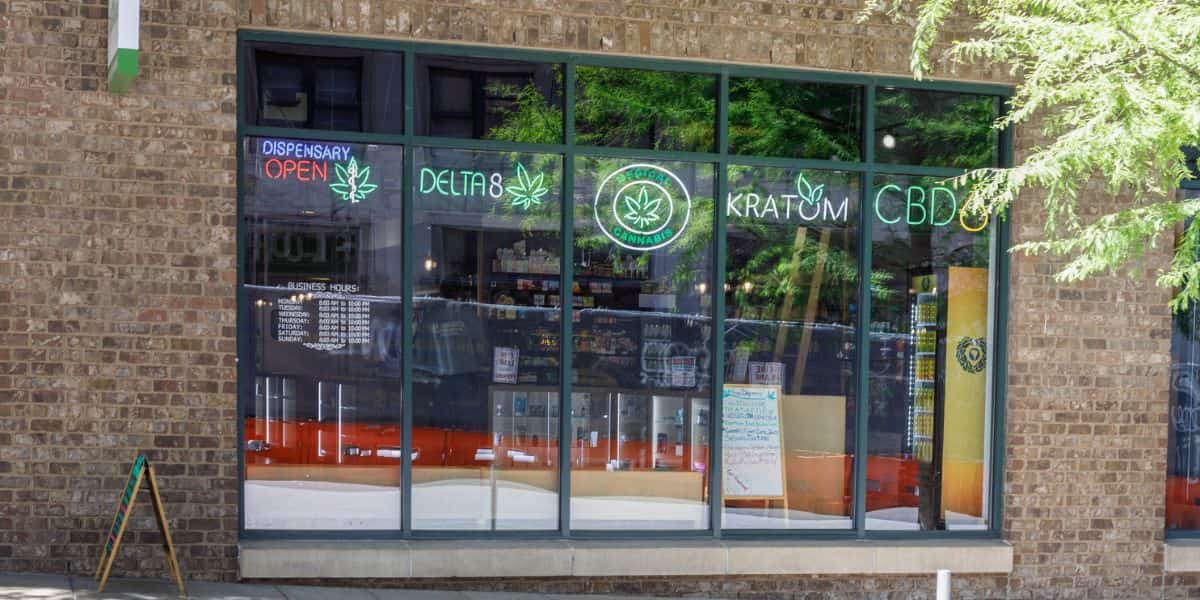Designer Drugs: Definition and Examples


Medical Writer:
Reviewer:

Johnny Kim
Executive Psychotherapist
Medical Writer:
Reviewer:

Johnny Kim
Executive Psychotherapist
The phrase “designer drug” may evoke a sense of futurism and allure, as if custom-crafted for entertainment. These new psychoactive substances (NPS) are powerful, unpredictable, and addictive and are becoming more popular among young people.
The roster of designer drugs includes a variety of substances, ranging from kratom to bath salts. Public health organizations are struggling to address the rise of designer drugs. Laws and warnings have been implemented, but they are still facing challenges.
Table of Contents
ToggleRecognizing abuse and addiction related to designer drugs presents a complex challenge. Synthetic substances can have similar effects to stress, mental health issues, and alcohol or drug use.
Better education and more knowledge about designer drugs, along with help for users, can reduce the chances of trying these drugs. It can also help people realize if they or someone they know has a substance problem and get help.
Designer Drugs Definition
Designer drugs, alternatively termed new psychoactive substances (NPS), club drugs, or party drugs, share chemical similarities and mimic the effects of better-known or naturally occurring drugs. Designer drugs are mostly made in underground labs to give a strong high for cheap. Some may have a few natural chemicals, but most are completely synthetic.
Underground chemists do not manufacture synthetic drugs in sterile, safe environments. Instead, they continuously experiment with various chemical structures and components to enhance potency and avoid legal detection.
A distinctive feature of designer drugs is their misleading marketing and ambiguous legal status. Sellers often sell these substances disguised as products such as electronic cleaners, incense, and plant food. They claim that people should not consume these products.
You can find designer drugs in gas stations, convenience stores, head shops, and online. People often promote them as a legal high, which can make people think they are safer than other drugs.

Designer Drug Examples
New designer drugs are continuously developed and introduced to the market, rendering it impossible to catalog each one. Synthetic drugs, similar to traditional addictive substances, generally fit into five groups: stimulants, sedatives, cannabinoids, dissociatives, and psychedelics.
Some common types of designer drugs include:
- GHB
- Bath Salts
- Flakka
- Synthetic cannabinoids, such as Kush, K2, Spice
- Kratom
Instead of trying to keep up with every new type of designer drug, the United States Drug Enforcement Agency (DEA) uses an emergency scheduling protocol. This method focuses on the substances used to make synthetic drugs, not the drugs themselves.
Short-Term Effects of Designer Drugs
The short-term effects of designer drugs vary depending on the type you use. They can also be influenced by whether they are mixed with other substances or alcohol.
People who use designer drugs may believe they are safer than other drugs, but this is not true. Designer drugs can still have harmful effects. The actual effects can differ significantly because of each batch’s variable and undisclosed ingredients.
Designer drug use can produce short-term effects, including:
- Deep sedation
- Hallucinations
- Enhanced focus and motivation
- Lowered inhibitions
- Euphoria
- Feelings of empathy and openness towards others
- Increased sexual desire
- Decreased appetite
- Increased sensitivity to stimuli
- Disassociation
The physical and psychological impacts of these drugs differ depending on their ingredients and the person using them. Those with co-occurring conditions are especially prone to experiencing adverse effects and side reactions.
Side Effects of Designer Drugs
Each designer drug can display a range of side effects and may dangerously interact when mixed with other substances.
The distinction between the intended effects of designer drugs and their unintended, potentially harmful side effects is subtle. Unlike legally regulated prescription medications, synthetic drugs contain chemicals and additives that can yield unpredictable results.
Some common side effects of designer drugs include:
- Respiratory arrest
- Appetite changes
- Overheating
- Increased body temperature
- Loss of motor control
- Stroke
- Confusion
- Seizures
- Reduced impulse control
- Suicidal thoughts
- Heart attack
- Breathing difficulty
- Nausea
- Anxiety
- Agitation
- Withdrawal symptoms
- Panic attacks
- Addiction
- Sweating
- Risky sexual behavior
- Dehydration
- Heart palpitations
- Blood pressure changes
- Changes in heart rate
- Vomiting
- Stiff or tense muscles
- Accidental overdose
If you suspect that someone is experiencing a life-threatening reaction or an overdose, immediately call 911. Some drugs made by designers may not show up in regular drug tests. It’s important to tell emergency workers about any drugs the person took. This honesty will help ensure they receive the appropriate medical treatment.
Some people use designer drugs to help with their mental health issues. They may not realize that drug use can make mental health problems worse. It can also lead to addiction.
As the cycle of addiction intensifies and progresses, it requires professional intervention before it turns fatal. In the US, more than half of drug-related ER visits are due to designer drugs, which often lead to death.

Drug Rehab Treatment at White Oak Recovery Center
Overcoming drug abuse and addiction is challenging, but it is achievable, and you are not alone. There is a possibility for a different way of life.
At White Oak Recovery Center, we create personalized treatment plans for each resident based on their individual needs and goals.
Upon entering our residential treatment center, you gain a fresh opportunity to reclaim your life, supported by a nurturing environment that fosters a sense of belonging and potential.
Our private, serene treatment facility at WORC provides onsite medical detox, ensuring safety with continuous medical care for uncomfortable and dangerous withdrawal symptoms. We also provide dual diagnosis treatment to address co-occurring mental health issues that might be fueling addiction.
Our treatment specialists at White Oak Recovery Center are ready to answer any questions you may have about your treatment options. Contact us today to begin your journey to recovery.

Am I covered for addiction treatment?
Your insurance may cover treatment. Call now for an entirely free and confidential assessment. Recovery starts with a phone call.

- Luethi, Dino, and Liechti, Matthias E., “Designer Drugs: Mechanism of Action and Adverse Effects.” Arch Toxicology, Apr. 2020.
- Weaver, Michael F., et al., “Designer Drugs 2015: Assessment and Management.” Addiction Science and Clinical Practice, Mar. 2015.
- “Designer Drug.” Drug and Alcohol Dependence, 2016.
- Fratantonio, James, et al., “Designer Drugs: A synthetic Catastrophe.” J Reward Defic Syndr., Aug. 2015.
Medical Disclaimer:







